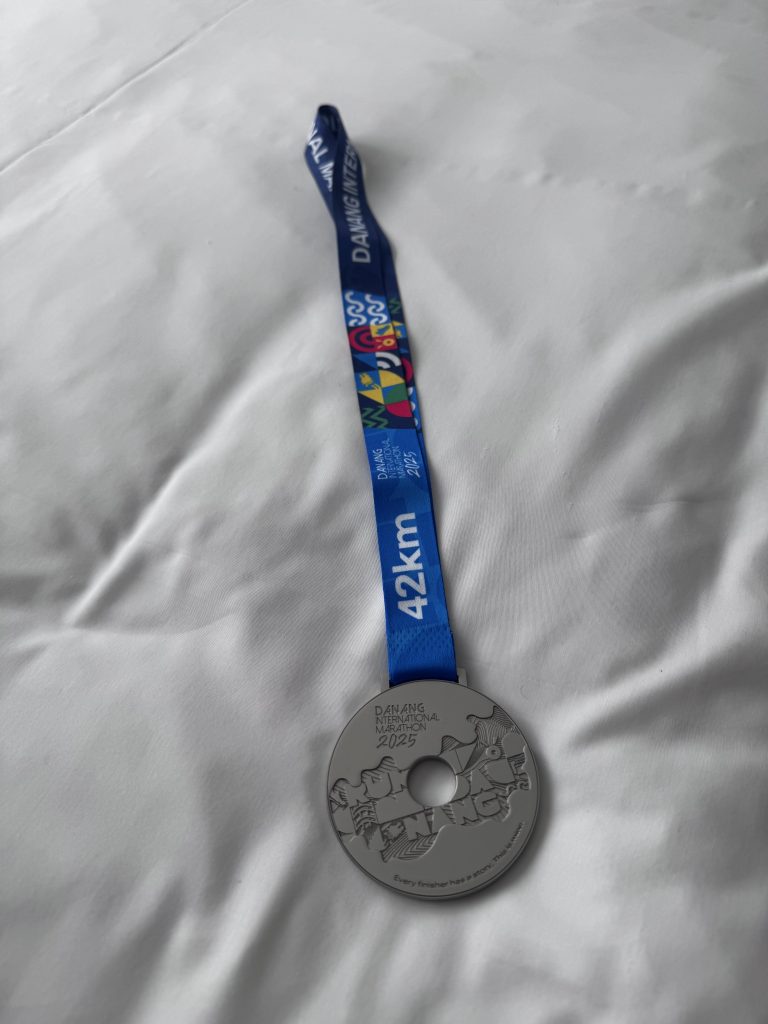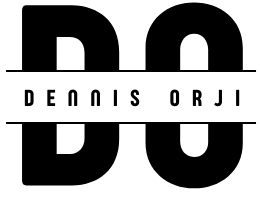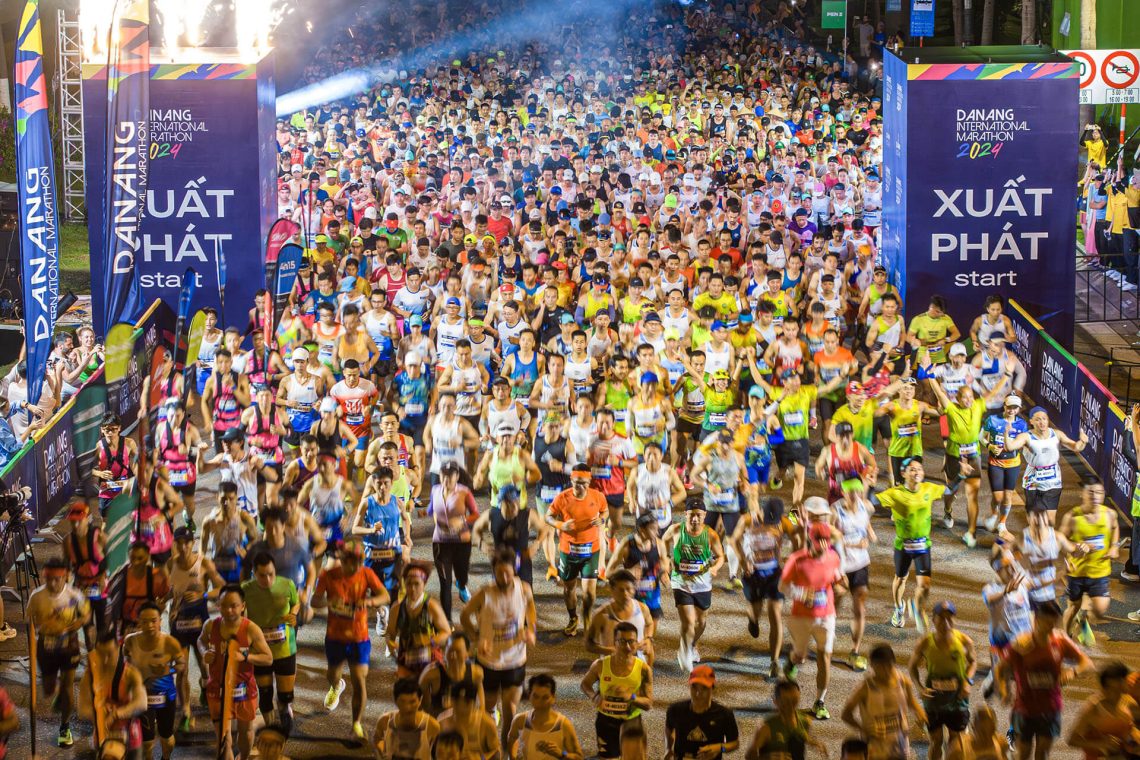Marathon is a game of resilience and endurance which rigorously tests every runner’s ability to withstand pain, manage fatigue and deal with self-doubts. Most marathon runners will tell you that at some point in the race, they encountered unplanned scenarios/difficulties or even considered reducing their planned race goals. A lot of factors in a race add to the dynamics and complexities of each race. These factors include weather, runner’s mental and physical state, event planning, runners’ training regime and also their set goals.
When I set out to run my fourth consecutive marathon, I knew this one would be far more challenging than previous ones. So I decided to treat this race as a program that required program management sense and an agile delivery mindset to achieve my goals. From my fitness level and personal life issues – I knew I had to overcome these challenges to achieve my goal of finishing the marathon in under 4:30 minutes. In this blog post, I will be sharing how I prepared for the race, set and adapted my goals, tracked my progress and finally the results from the race. To analyse my performance, I collected Pace data using Strava and Apple Watch and plotted my performance using Python’s Seaborn. I will compare my planned pace vs the actual pace data and share what I learned from the race.
Preparation and goal-setting
For context, I am just a regular Dad with a desk job who occasionally runs every week and also an active member of my local 5KM Parkruns club. I do not actively diet or count calories – I just eat as I wish and also visit the gym 2- 4 times a week. Six months before the race, I weighed ~99 KG and managed to lose 5kg before the race. I went into the race weighing 94 kg. Six weeks before the marathon, I completed a 25 KM training run and rested my legs with an occasional 5 km treadmill run before the race. My physical state, local weather, training preps etc helped me set my race goal.
I had two realistic strategies for completing the marathon to achieve my set out time of 4:30 mins, one was to maintain an average pace throughout the race or have a variable pacing strategy. As with every Program, you have to manage the trade-offs and risks of every decision you make.
To maintain an average pace, I’d have to be consistent with my pace regardless of my fatigue levels or changes in the terrain. I found this more riskier, especially since there were long steeped bridges on the route and I hadn’t run in such hot weather before – hence, I settled for the variable pacing strategy.
Ok let’s crack on, I had already mentioned this will be my fourth Marathon, so I had some experience but this race will be in Vietnam – with its humid and tropical weather adding new challenges. I also studied the terrain and realised the route was mostly flat. To achieve the time with the variable pacing strategy, I will be starting slightly slower and finishing stronger or adjusting for terrain realities (e.g., slowing down on inclines, and speeding up on declines).
Pace Calculation:
- Total time: 4 hours 30 minutes = 270 minutes
- Total distance: 42.195 km
- Pace per km = 270 minutes ÷ 42.195 km
Pace per km ≈ 6 minutes 24 seconds (6:24 min/km)
Race day and results
After pre-race warm-ups, the race kicked off at 3 AM local time. Mentally, this was tough as I had struggled to get some sleep the night before with race anxiety kicking in. But my anxiety fizzled away on arriving at the start location and seeing all the runners and their energy. Armed with my race plan, I had a slow and easy start keeping to my sub 7 mins / KM. The aim was to start conservatively, then gradually nudge my pace up while adjusting my pace for any fatigue.
At around the 15 KM mark, I had a severe cramp that led to a massive change in my race plan. From the plot above, you can observe my pace was consistent with my plan until the cramp hit me. I had two options to either pull out of the race or continue with a much reduced pace with the hope that once the cramp had subsided, I could gradually increase my pace. One of the agile manifesto which is to respond to change over following a plan became crucial. I adapted my strategy to just finishing the race and earning a medal over meeting my 4:30 min finish time.

I completed at ~ 6hrs, well below my set goal. I still felt this was a good result given the challenges I encountered. Key lessons learnt for me will be on the importance of training less a week before the marathon – basically avoid over-training, resting the muscles, take hydration far more seriously before the race and during the race and finally avoid Electrolyte Imbalances.
Looking forward to my next one! Cheerios!

